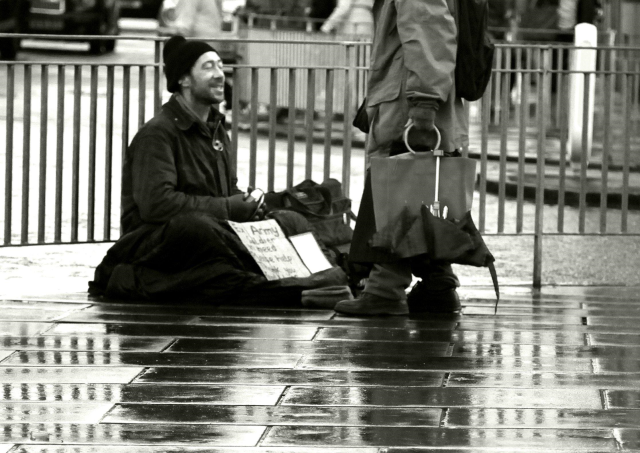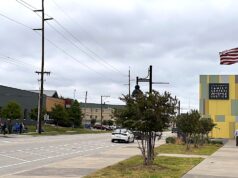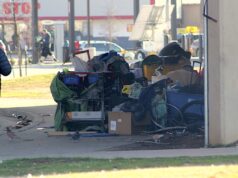(Editor’s Note: Late Thursday evening, the American Civil Liberties Union of Oklahoma announced its belief that the proposed city ordinance discussed below would violate the U.S. Constitution and draw legal challenges if passed.)
Tuesday, a passionate crowd debated a proposed Oklahoma City ordinance that would seek to limit panhandling or streetside fundraising by making it illegal for anyone to occupy the median of city roads.
Proponents of the ordinance feel like panhandling is an eyesore, that many of the panhandlers are not as helpless as they claim and that standing in medians is a safety hazard. Opponents feel the law is counterproductive and drivers should be able to give people money if they so desire.
The council will vote on the measure at its 8:30 a.m. Tuesday, Oct. 13, meeting. But what is really driving this ordinance, and what will be the result?
Some context about Salyer’s constituents
Ward 6 councilwoman Meg Salyer, who proposed the ordinance, represents an area that is roughly bounded by Interstate 235 to the east, Northwest 23rd Street to the north, Interstate 44 to the west, and Southwest 59th Street to the south. This makes Ward 6 one of the most diverse wards in Oklahoma City and includes most MAPS projects.
In the May 3 council elections, Salyer defeated a man named Bob Waldrop who ran on a platform of providing services to areas neglected by MAPS. She received 675 votes to his 497 votes. Voting records show that the major difference in the election was decided by two out of 29 Ward 6 precincts that cover Heritage Hills and downtown areas like Deep Deuce. Salyer collected 286 of her 675 votes (42 percent) in those two precincts, while Waldrop only received 84 votes. Waldrop defeated Salyer in nearly every other precinct, except for a few near the Linwood Place neighborhood. Many precincts in poorer areas did not yield a single voter for either side. Dario Alvarado got 84 votes for 6.7 percent of the total vote.
This matters because, to remain in office, Salyer must win high-income areas by huge margins. It probably isn’t a stretch to imagine that residents of Heritage Hills don’t appreciate large numbers of panhandlers surrounding the intersections of their neighborhood. In my opinion, this, more than anything, drives the median proposal, and opposition to the ordinance should acknowledge that this proposal is an attempt for Salyer to appease her power base.
Poor results for similar bans elsewhere
Other cities have tried ordinances to limit panhandling. The result ends up being that police waste precious resources, and panhandlers simply move to other areas. As an alternative, some cities have marked areas on the pavement where panhandling is allowed. Another innovative solution includes the installation of homeless meters – reconditioned parking meters used to collect donations to local shelters and organizations.
The current proposed ordinance provides little innovation and fails to estimate what it will cost police for enforcement or how aggressive enforcement will be.
Instead, OKC needs a combination of public education that promotes three things: giving to organizations that seek to help panhandlers; the provision of outlets that those who keep begging can go to; and cooperation between businesses and police.
Practical solutions instead of ideological war
Rather than a general ban that affects the firefighter union’s Fill the Boot campaign as well, attempts should be made to include more comprehensive measures into the ordinance that coincide with Salyer’s desire to remove what her constituents see as a blight on their morning drives.
A public-information campaign to encourage giving to organizations or solicitors that are vetted by groups like the Curbside Chronicle would be intelligent. If panhandling in medians is outlawed, putting homeless meters in areas of high foot traffic like Bricktown could help cut down on their numbers by reducing their earnings and removing the incentive to panhandle. Police could also take an approach more like Santa Monica, Calif., and issue warnings while rarely citing those in violation.
Rather than fight a battle in the ideological trenches, leaders should work on practical solutions to fixing the perceived problems with panhandlers.






















